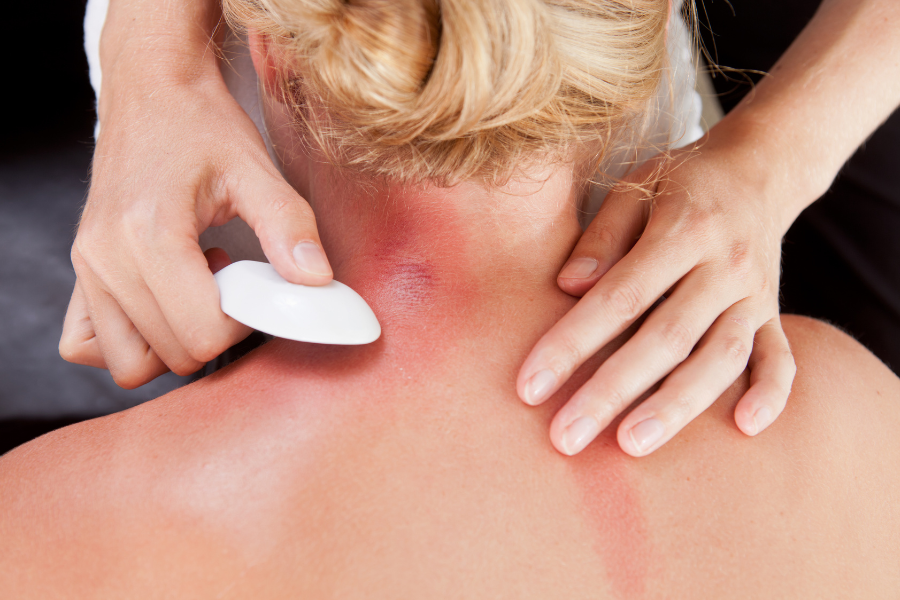If you’re finding yourself feeling more blue instead of the usual holiday cheer this season, know that you are not alone. Millions of people suffer from seasonal affective disorder (SAD) every year and it can be difficult to find relief from its symptoms such as difficulty sleeping, mood swings, and a lack of energy or motivation.
Massage therapy has been used for centuries to treat many ailments; so why not use massage to help tackle SAD? In this blog post we will discuss how massage can alleviate some common symptoms of SAD along with other tips you can try on your quest towards better mental health. Read on to learn if massage could be the key to helping your body reset during these dark winter months!
Book an appointment online with All Body Kneads today or call 517-898-2899.
What is Seasonal Affective Disorder (SAD)?
Seasonal Affective Disorder (SAD) is a type of depression that affects people during the winter months when there is less sunlight. It usually begins in the fall and can last until the spring, leaving individuals feeling sad, anxious, and lethargic. SAD is believed to be caused by a lack of sunlight which disrupts the circadian rhythm and reduces levels of serotonin in the brain, leading to changes in mood.
It is estimated that more than 10 million Americans are affected by SAD and it is more common in women than in men. The symptoms of SAD can vary from person to person but may include:
- difficulty sleeping
- oversleeping
- fatigue
- weight gain
- increased cravings for carbohydrates
Treatment for SAD may include massage therapy, cognitive-behavioral therapy, and medication. It is important to seek help if you suspect you may have SAD or any type of depression.
The Benefits of Massage Therapy for SAD
Massage therapy can be an effective treatment for SAD. It has been proven to reduce stress, promote relaxation, and improve mood. When we receive a massage, our bodies release endorphins, which are natural painkillers that create a feeling of euphoria, reduce stress levels, and promote better sleep quality.
Additionally, massage therapy can boost the immune system and reduce inflammation. These benefits all work together to help manage the symptoms of SAD and improve overall well-being. Whether it’s a Swedish massage, deep tissue massage, or hot stone massage, incorporating massage therapy into a SAD management plan can provide both physical and emotional relief. Don’t underestimate the power of touch and the benefits of massage therapy for those who are dealing with SAD.
Related: Can Massage Improve Mental Health?
How Massage Can Help Reduce Stress and Anxiety Related to SAD
Research has shown that regular massage therapy can significantly decrease levels of cortisol, the stress hormone responsible for many of the negative physiological effects of SAD. Additionally, massage has been linked to improved sleep quality, which can also be a major factor in managing SAD symptoms. By incorporating massage into a holistic approach to wellness during the winter months, individuals with SAD may find that they are better equipped to manage their symptoms and experience greater overall well-being.
Making Self-Care a Priority During the Darker Months of Winter with Massage Therapy
As the darker months of winter approach, it’s important to prioritize self-care and find ways to stay energized and healthy amidst the cold and gloomy weather. One effective way to combat the winter blues is through massage therapy, which not only promotes relaxation and reduces stress levels, but also boosts circulation and immunity. According to research, regular massages during the winter months can help alleviate symptoms of seasonal affective disorder (SAD) and enhance overall well-being. Additionally, massage therapy can provide relief for muscle tension and joint pain resulting from hunching over under layers of clothing or shoveling snow. By making self-care a priority with the help of massage therapy, we can stay physically and mentally resilient, and enjoy a happier, healthier winter season.
Book an appointment online with All Body Kneads today or call 517-898-2899.
























